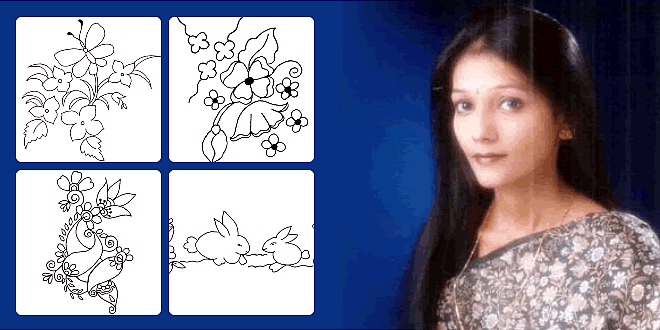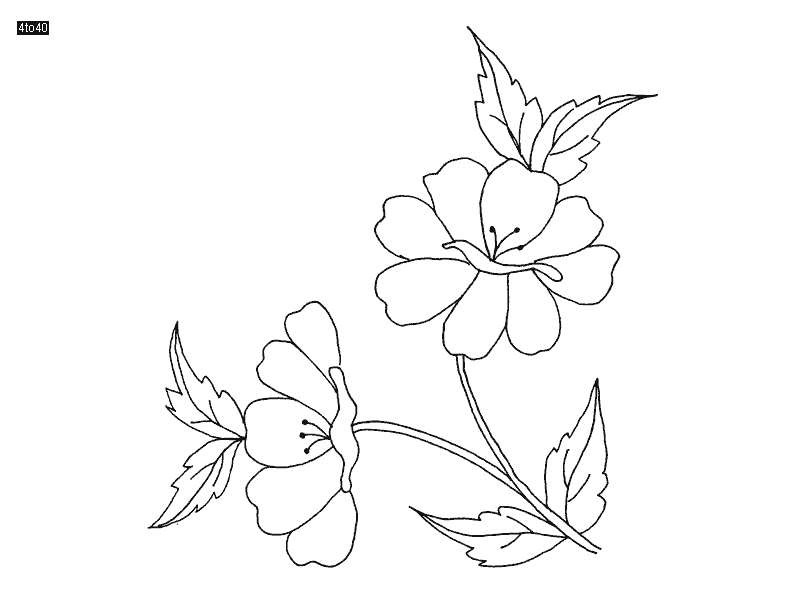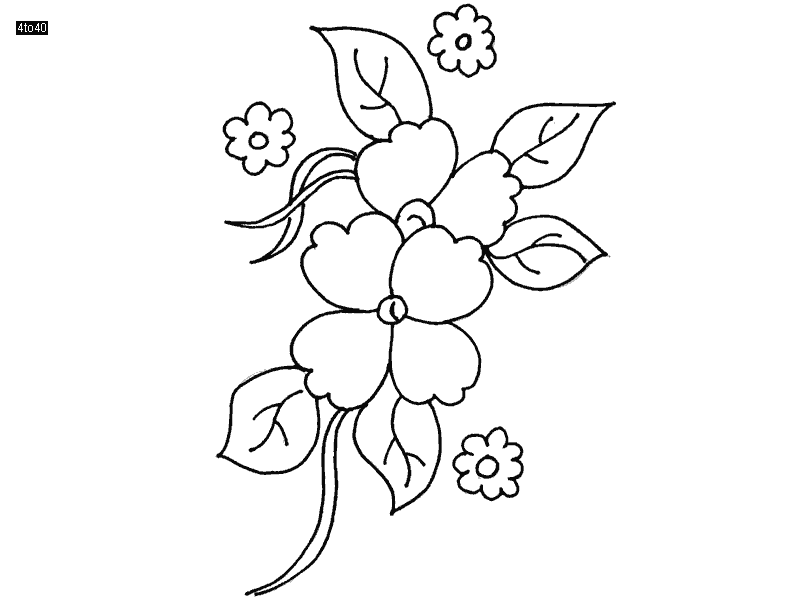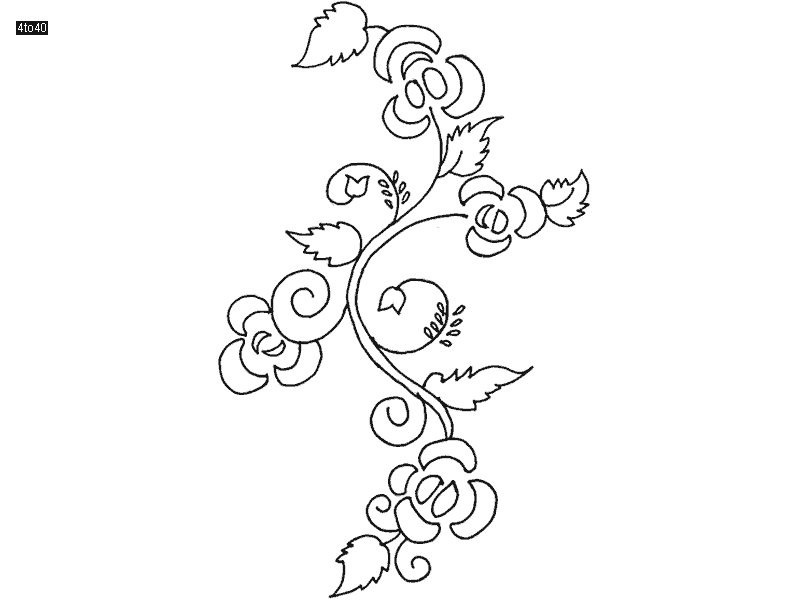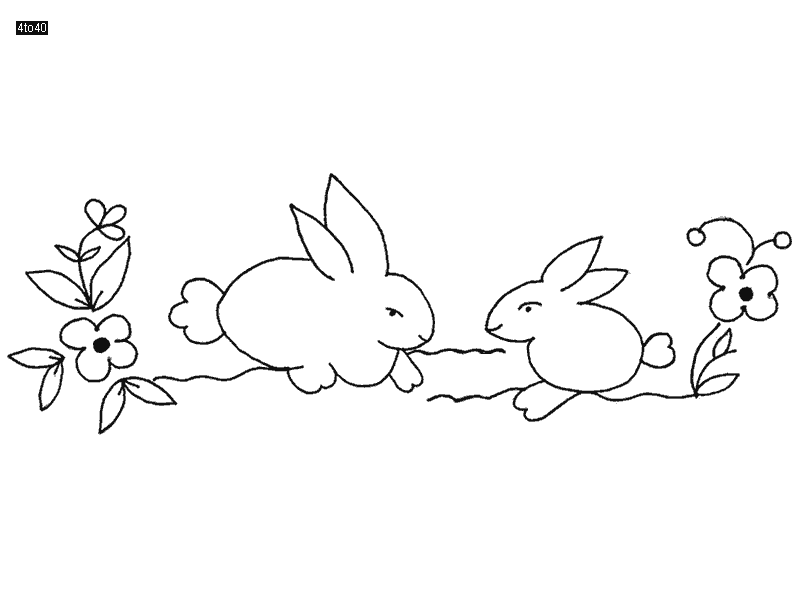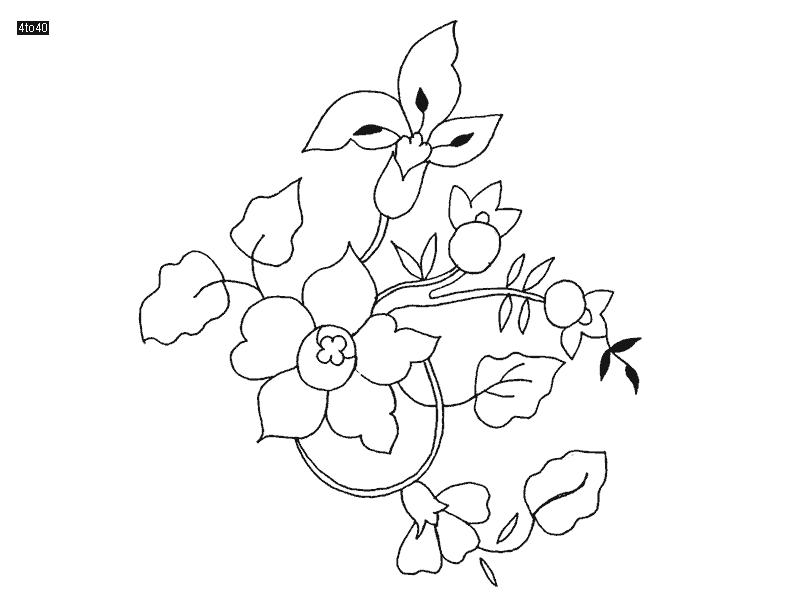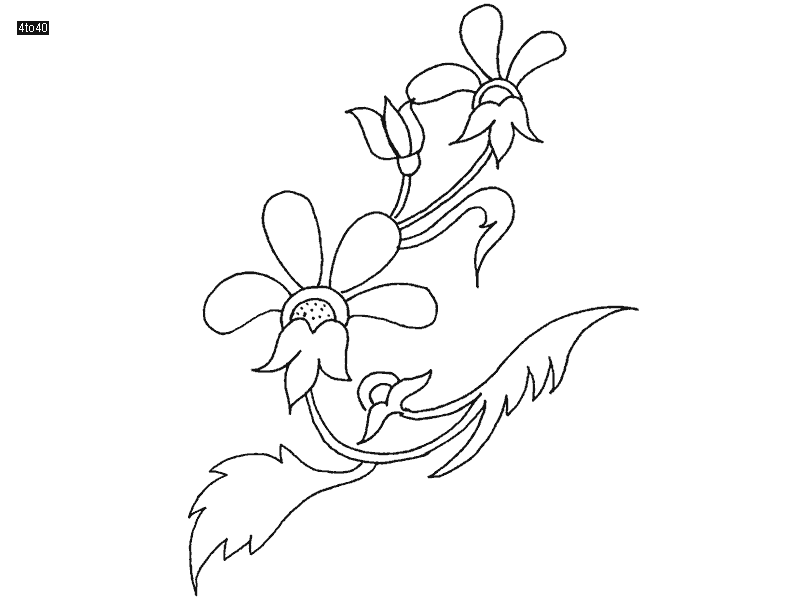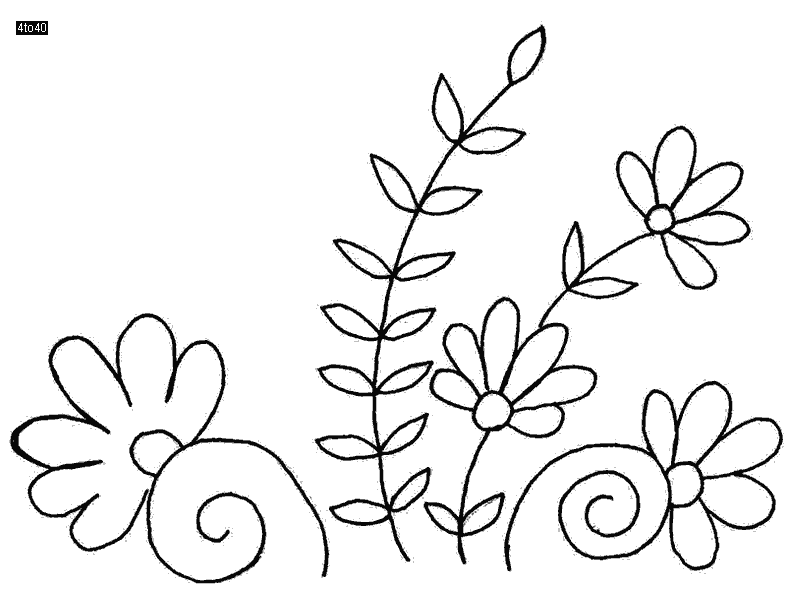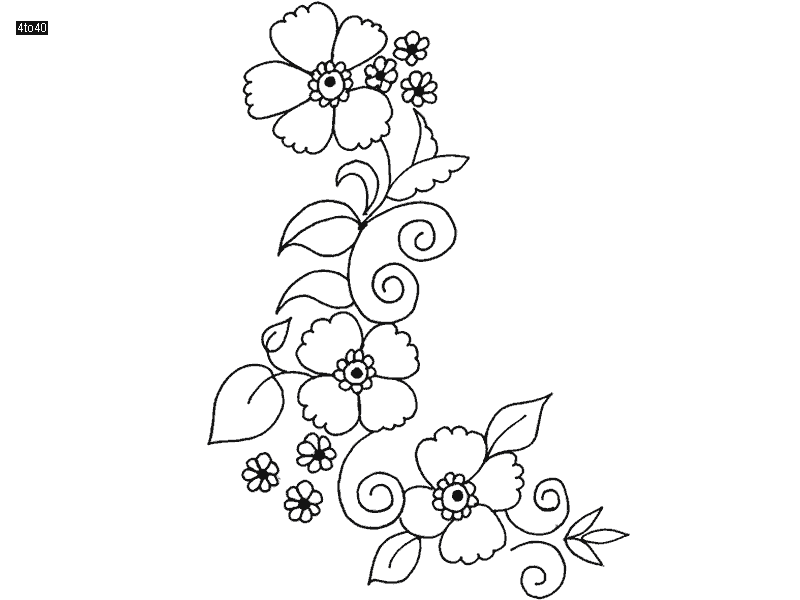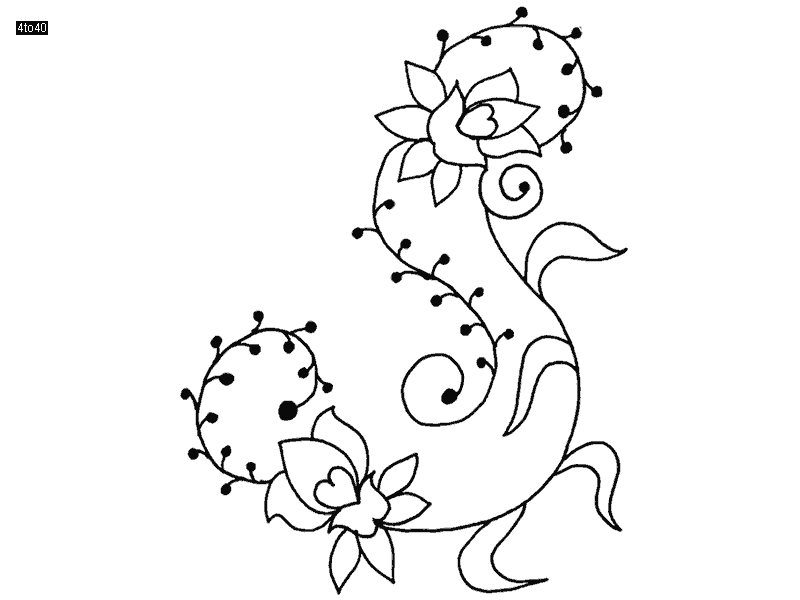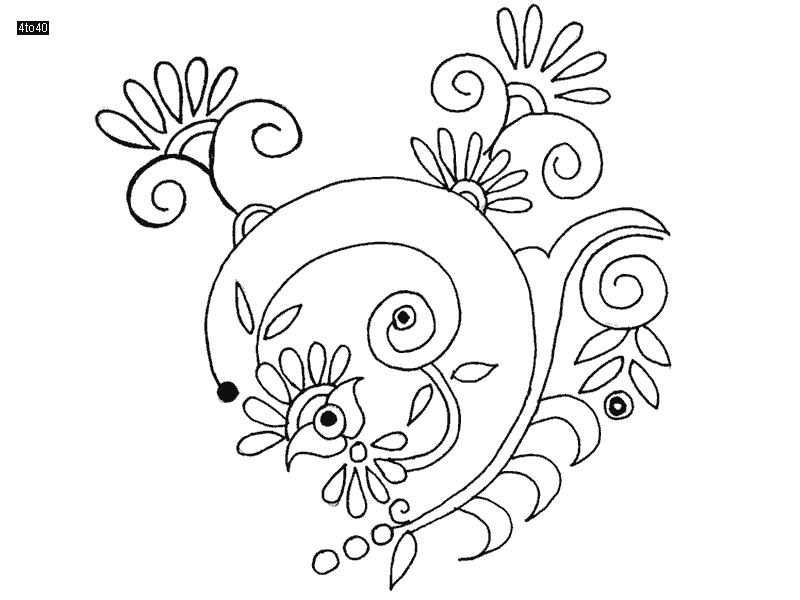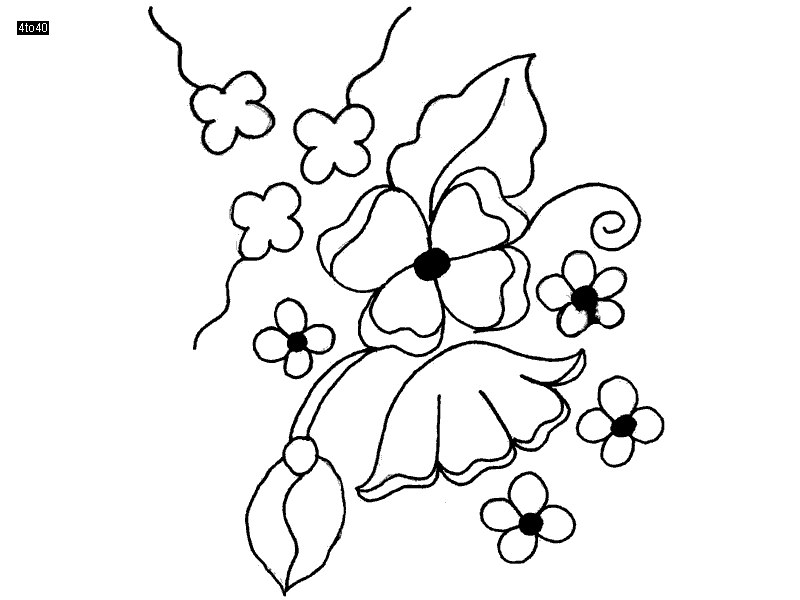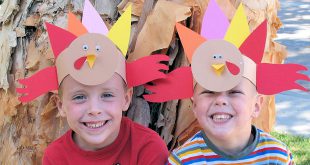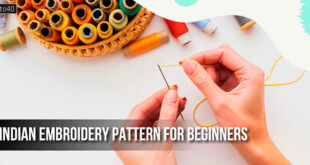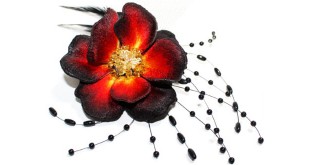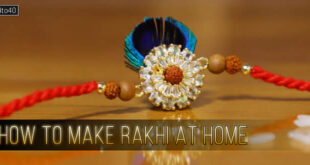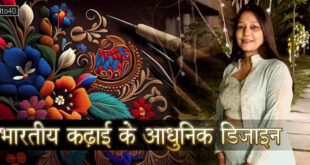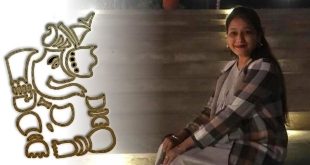Embroidery is the craft of decorating fabric or other materials using a needle to apply thread or yarn.
Sarika Agrawal Hand Drawn Embroidery Designs 2019
Some of the basic techniques or stitches of the earliest embroidery are chain stitch, buttonhole or blanket stitch, running stitch, satin stitch, cross stitch. Those stitches remain the fundamental techniques of hand embroidery today.
Sarika Agrawal Handmade Embroidery Designs 2019
Embroidery Classification
Embroidery can be classified according to what degree the design takes into account the nature of the base material and by the relationship of stitch placement to the fabric. The main categories are free or surface embroidery, counted embroidery, and needlepoint or canvas work.
In free or surface embroidery, designs are applied without regard to the weave of the underlying fabric. Examples include crewel and traditional Chinese and Japanese embroidery.
Counted-thread embroidery patterns are created by making stitches over a predetermined number of threads in the foundation fabric. Counted-thread embroidery is more easily worked on an even-weave foundation fabric such as embroidery canvas, aida cloth, or specially woven cotton and linen fabrics. Examples include cross-stitch and some forms of blackwork embroidery.
While similar to counted thread in regards to technique, in canvas work or needlepoint, threads are stitched through a fabric mesh to create a dense pattern that completely covers the foundation fabric. Examples of canvas work include bargello and Berlin wool work.
Embroidery can also be classified by the similarity of appearance. In drawn thread work and cutwork, the foundation fabric is deformed or cut away to create holes that are then embellished with embroidery, often with thread in the same color as the foundation fabric. When created with white thread on white linen or cotton, this work is collectively referred to as whitework. However, whitework can either be counted or free. Hardanger embroidery is a counted embroidery and the designs are often geometric. Conversely, styles such as Broderie anglaise are similar to free embroidery, with floral or abstract designs that are not dependent on the weave of the fabric.
My name is Sarika Agrawal and I live in Chhindwara, in India. By profession I am an Handmade Embroidery Designs designer. I provide only sketches designs for textile traditional embroidery for people to use them to create their own collections. My Handmade Embroidery Designs have an Indian traditional touch. For making these I don’t use any software; my designs are all hand drawn, so there are some unique details in each of them. Clients have also the option of developing my designs further into weaving intricate embroidery pieces. I used to publish designs in magazines and I also take freelancer projects. I am art lover, always busy in doing something creative. I am also a very down to earth person, humble. I regularly publish my designs online. I take great pleasure from the joy that my work can bring to other people. In the past I worked closely with school children in Singapore to help them learning the art of embroidery, but now I am in designing industry for three years. At first it was a hobby and then I decided to turn it into a profession. I would like to work with clients from abroad if I get the opportunity.
 Kids Portal For Parents India Kids Network
Kids Portal For Parents India Kids Network
